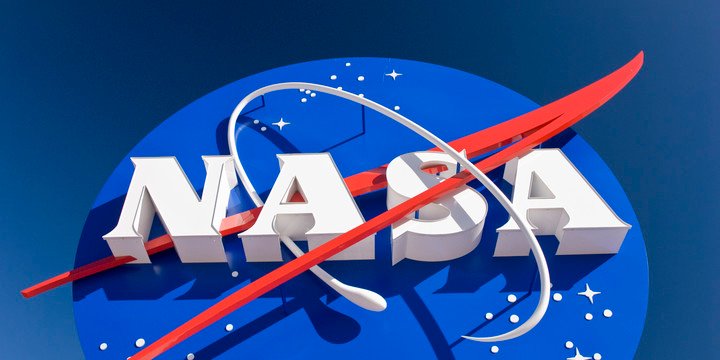Modern telemedicine was born in 2001 when NASA engineers were given the task of providing extended healthcare to astronauts flying 220 miles above the Earth’s surface.

The challenge was other-worldly. The International Space Station is a 239-foot-long spacecraft hurtling through the Earth’s lower orbit at 17,227 miles per hour. In the past, physicians monitored the health and welfare of the crew over relatively short missions, with well-defined objectives.
Expedition One, the initial mission to the ISS, introduced long-duration stays. The logistics planning for medicines, instruments and intangibles stretched previous competencies.
In 1971, the Space Technology Applied to Rural Papago Health Care program, or STARPAHC, pushed the space agency into domestic policy. It partnered with the Indian Health Service to bring telemedicine to the Papago people in remote Southern Arizona.
NASA engineers worked with defense contractors to develop microwave relays and other advanced communication technologies. Patients in mobile units were linked to IHS physicians located in Phoenix. The program ran between 1973 and 1977, helping NASA collect valuable data.
In the 1980s, NASA committed the technology to Mexico City and Soviet Armenia, following earthquakes. The 1988 Armenian natural disaster left 500,000 people homeless, and accounted for an estimated 50,000 casualties.
NASA humanitarian effort became known as Space Bridge to Armenia, and showcased recent innovations like multi-site video connections and new media security protocols.
In 1997, the space agency sought to commercialize telemedicine technology. To speed up development, the NASA sponsored the creation of Medical Informatics and Technology Applications Consortium, a Yale University project that ran terrestrial analogs in Ecuador, Russia and the Arctic.
In 2002, Dr. Byron Brooks, an ex-NASA surgeon, and Michael Gorton, launched Teledoc. The Dallas company had a simple business plan: Use advances in networking technology to provide on-demand remote medical care.
The foundation was strong. For decades, NASA invested heavily in new network protocols. It reached out to academics and business leaders to push open standards. And the internet revolution accelerated the pace of information technology development.
Teledoc provided access to qualified physicians 24 hours per day, for non-emergency issues. Patients sign-in with their computer and they are instantly connected with a state-licensed doctor. It’s like Uber for healthcare. There is very little friction.
The appeal resonated with patients and employers. Teledoc formally launched at a 2005 consumer healthcare conference. By 2007, it had 1 million members. The service was especially popular with large corporate clients, who offered Teledoc as a benefit to employees.
In 2015, the company issued shares to the public in a much-anticipated IPO. The stock vaulted 50% on the opening day.
Jason Gorevic, chief executive officer, has been on a growth binge. The company is ferociously gobbling up telemedicine mind and market share. In January, Teledoc acquired Compile Inc., a provider of behavioral health services. In June, Stat Health Services Inc., a leading competitor, was folded-in.
By 2016, Zacks Equity Research noted Teledoc had 75% market share in the U.S. It had 7,500 enterprise clients, and 220 Fortune 1000 companies under contract.
In 2017 sales grew 89.4% to $233.3 million. Best of all, telemedicine is still largely unexploited.
Doctors can use the technology to provide quality care to resource-constrained environments, such as rural locations. Also, it is ideal for reviewing lab results, follow-up visits and managing chronic care. And financially, physicians are able to make incremental income while reducing overhead costs, such as office expenses.
Patients benefit from seeing doctors on their terms, without delay. Today, reaching a doctor is as simple as opening a smartphone application.
Health insurance companies benefit from reduced care delivery costs, and avoiding the costly escalation of illnesses.
Meanwhile, a government program like Medicare is a logical candidate for telemedicine. It would provide patients with better service, and it would save billions in emergency room visits. There are 1.25 billion ambulatory visits every year. In 2015, Gorevic estimated that 25% could be covered by Teledoc.
What Teledoc is doing is not rocket science. It’s better. The company took technology developed by NASA and found a real-world application that solves important problems.
The stock is up 89% in 2018. Despite the gains, the market capitalization is still only $4.1 billion. Given the opportunity, that looks like a bargain.
Fantastic article! Man, we live in interesting times! Resteemed.
Hi! I am a robot. I just upvoted you! I found similar content that readers might be interested in:
https://www.forbes.com/sites/jonmarkman/2018/08/26/nasa-incubated-healthcare-provider-is-out-of-this-world/